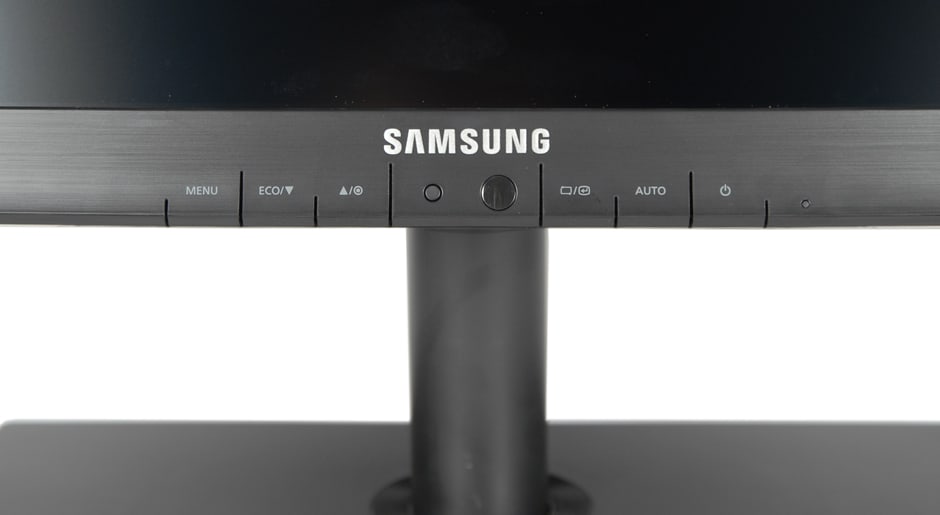Pros
Cons
Introduction
Front
{{section_header}}{{section.name}}{{/section_header}}
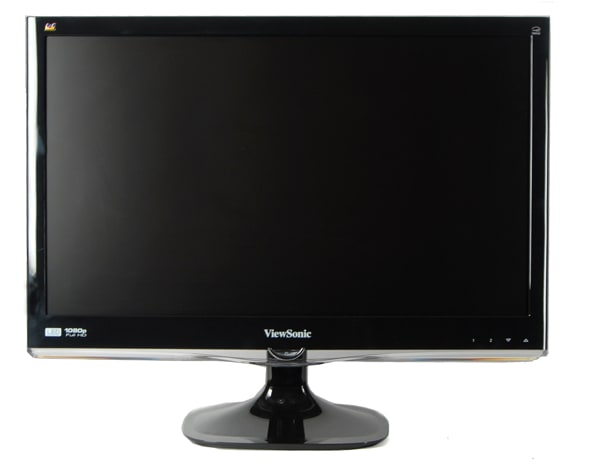
Back
{{section_header}}{{section.name}}{{/section_header}}

Side
{{section_header}}{{section.name}}{{/section_header}}
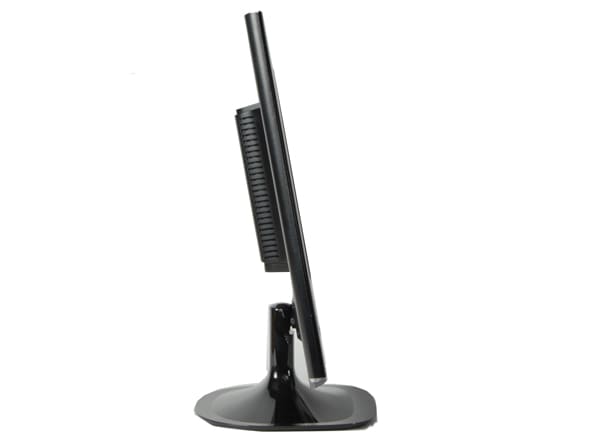
Stand
{{section_header}}{{section.name}}{{/section_header}}
The stand is adjustable, allowing the panel to be lifted up by to 5 inches. It can also be rotated 90 degrees clockwise to portrait orientation, and Windows software is included which automatically rotates the desktop image to match.
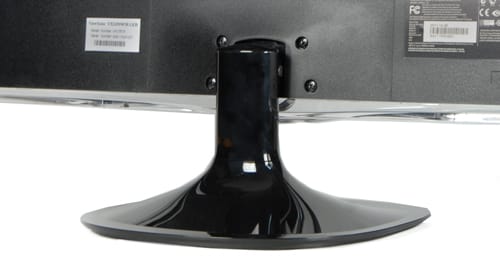
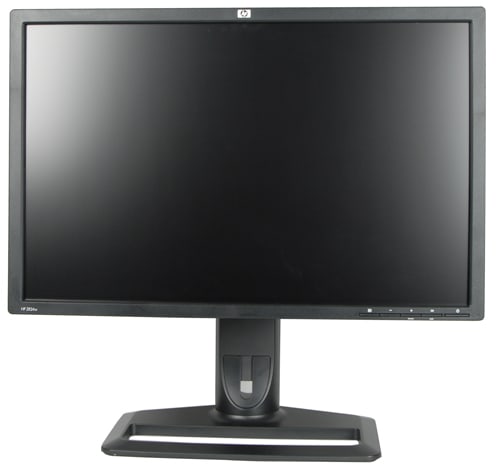
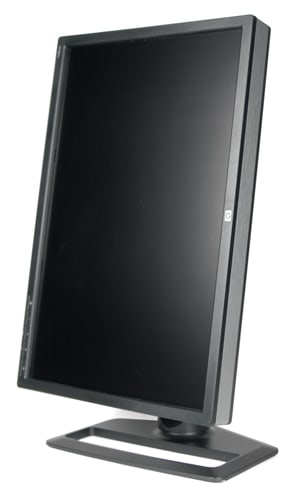
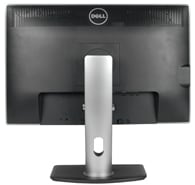
In the Box
{{section_header}}{{section.name}}{{/section_header}}
As well as the display itself, you also get
- VGA cable
- DVI Cable
- External power supply
- Quickstart manual
- Software CD
The Software CD includes the autorotate software for Windows. Not included is a DisplayPort cable.
Contrast
{{section_header}}{{section.name}}{{/section_header}}
The {{product.model}} had a contrast ratio of 118:1, which is a little on the low side. This is because the black level of 0.94 cd/m2 is a little low, and the brightest white that we could get was measured at 111.25 cd/m2. Neither of these is especially good, which means that the contrast ratio between the two is smaller than we have seen on some other displays. More on how we test contrast.
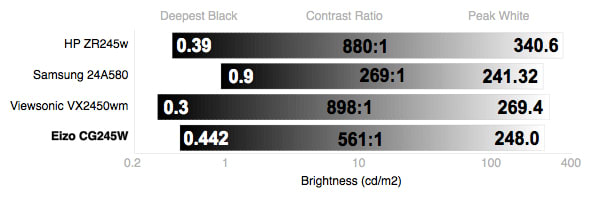
Uniformity
Color Temperature
{{section_header}}{{section.name}}{{/section_header}}
The {{product.model}} performed well in our color temperature tests, with the whites maintaining a fairly constant color temperature across the range from the brightest whites down to the dim greys. More on how we test color temperature.
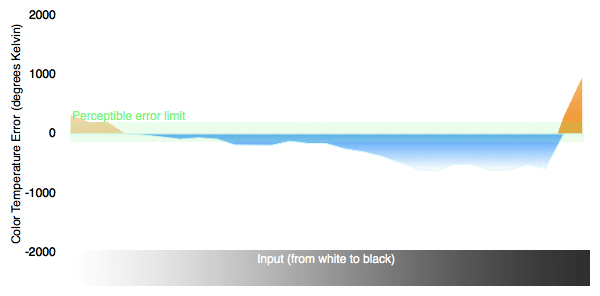
Color Curves
{{section_header}}{{section.name}}{{/section_header}}
The {{product.model}} did have some issues in our color curves test. In this, we look at how well the monitor reproduces subtle color changes, and we found that it did this most of the time, but at some points the curve had jumps in it, which could translate into color banding, especially with areas of subtle color changes, such as blue skies and flowers. More on how we test color curves.
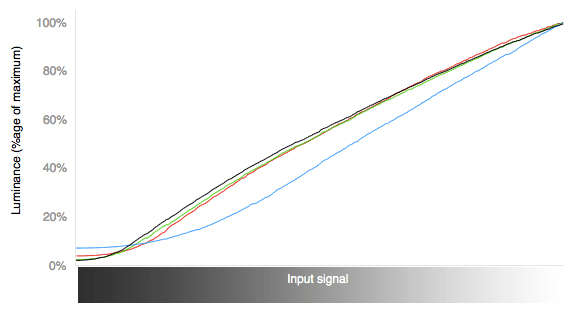
Color Gamut
{{section_header}}{{section.name}}{{/section_header}}
As you would expect from a business monitor like the {{product.model}} support for the sRGB color gamut is the only option available. There is no support for the larger Adobe RGB color gamut, or any way to tweak the gamut, but again we don't expect a business monitor to offer these features. More on how we test color gamut.
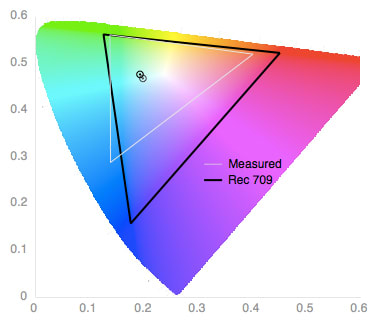
Viewing Angle
{{section_header}}{{section.name}}{{/section_header}}
The {{product.model}} uses a PLS (Plane to Line Switching) panel, a technology which usually offers good viewing angles. We found that this was the case with this monitor, with the blacks and whites holding up well at wider angles. However, this
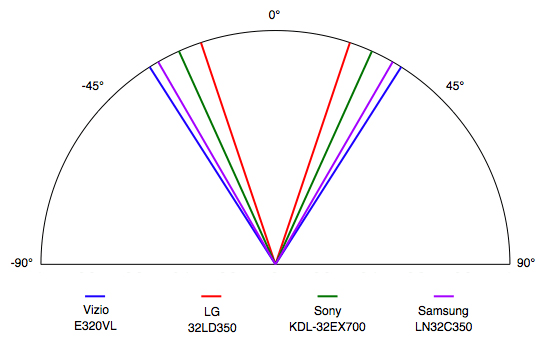
Calibration
{{section_header}}{{section.name}}{{/section_header}}
We calibrate all of the monitors that we test using the manufacturers recommended settings for small office use, and then produce a profile using an X-rite i1 Display Pro.
Connectivity
{{section_header}}{{section.name}}{{/section_header}}
The {{product.model}} offers a good selection of ports, including a single DisplayPort, one DVI port and a VGA port. Not included are any HDMI ports, so this would not be a good monitor to use with a laptop that just offers HDMI outputs. A 4-port USB 3.0 hub is also built into the back of the pane, and a headphone output. There are no speakers built into this display, though.
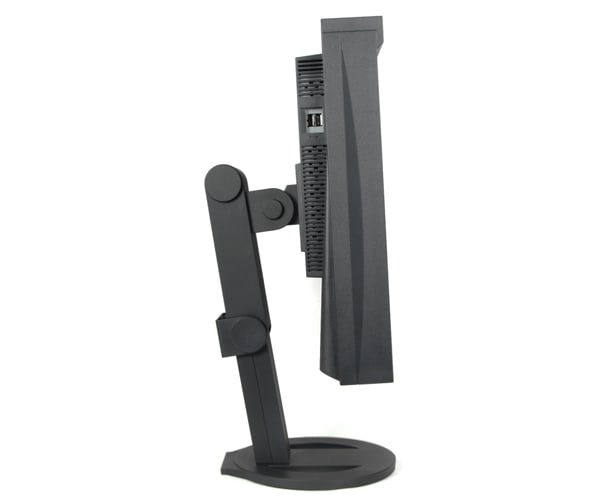

Controls & Menus
{{section_header}}{{section.name}}{{/section_header}}
The buttons for this monitor are located along the bottom of the bezel, under the screen. There are 5 buttons in total, with the far right button for power and the men button on the far left.

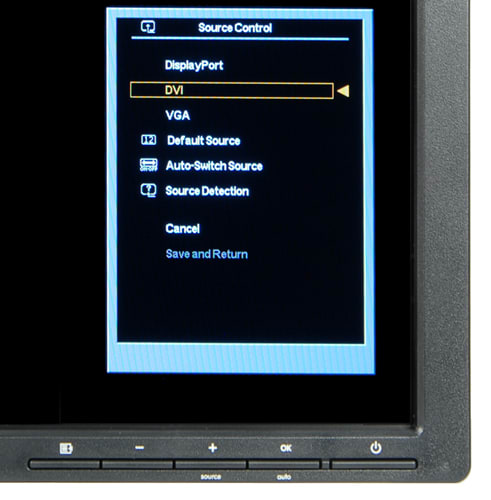
Other Features
{{section_header}}{{section.name}}{{/section_header}}
Auto Rotate - The screen of this display can be easily rotated clockwise by 90 degrees with a simple push on the corner of the panel. Software for Windows is included that detects this rotation and automatically rotates the desktop image, which keeps the process of switching from landscape to portrait easier. This is a big plus for spreadsheet and document creators, as it allows you to see an entire page on one screen. There is no Mac software included, but support for screen rotation is built into the operating system, so it is easy to do.
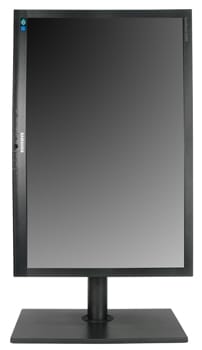
The LS24A850DW in portrait orientation
4-Port USB Hub- A 4-port USB 3.0 hub is built into the back of the display, with the ports located next to the video inputs on the back of the display. This is a little awkward for plugging in frequently removed devices like USB thumb drives, but it is good for devices that are left plugged in, like keyboards and mice. USB 3.0 ports are backwards compatible with USB 2.0 cables and devices, so this hub will work with older USB 2.0 ports on your computer, but you will only get the extra speed of USB 3.0 if you connect it to a USB 3.0 socket.

Comparison Overview
{{section_header}}{{section.name}}{{/section_header}}
Both monitors are strong performers, but the Samsung is slightly superior in many of our tests, as well as offering a wider set of features. These include a USB 3.0 hub and
Comparison Overview
{{section_header}}{{section.name}}{{/section_header}}
If you need accurate color and have the budget to handle it, get the Eizo. If accurate color is less important, then the Samsung is the best pick between these two monitors. It does not have the level of control that the Eizo offers, but it does have good, solid performance that would be more than adequate for everyday use.
Comparison Overview
{{section_header}}{{section.name}}{{/section_header}}
The Samsung S24A850DW is the more expensive of these two monitors, but it was a pretty close battle between them in our performance tests. The Dell was the better performer in some tests (such as color temperature), while the Samsung was the better in others. The Samsung was definitely the better designed monitor, though, with a stand that was more flexible and felt more robust than the Dell. For one thing, you can’t scratch the base of the Samsung when rotating the panel to portrait orientation, while we found ourselves doing this a lot with the Dell.
Conclusion
{{product.vanity}}
The {{product.model}} has great image quality and overall performance. Priced at about $450, it is on the expensive side for a 24-inch business class monitor, but it does provide a good selection of connections that would allow it to be used in pretty much every situation. It is also attractively designed, with a flexible stand that allows the orientation of the screen to be quickly changed and accurately positioned. The built-in USB 3.0 hub will also be useful for those who want to get the maximum speed out of their external hard drives and other peripherals. It is expensive for the size though, so if you don't need the USB 3.0 hub and flexibility of the stand, there are plenty of cheaper models to choose from. But those who want a good quality, flexible monitor for general use won't go far wrong with this one.
Photo Gallery
{{photo_gallery "Front Image", "Back Image", "Side Image", "Stand Photo", "Stand A", "Stand B", "Stand C", "Controls Photo", "Connectivity Photo 1", "Connectivity Photo 2", "Menu Photo", "Controls Photo"}}
Meet the tester
Richard Baguley is a veteran writer who has written about technology ranging from Alphabet to Zip file utilities. He has contributed to pretty much every major tech publication, including Amiga Format Magazine, PC World, Wired, CNET, Toms Guide, Forbes, and many others. He lives in the Boston metro area with his wife, dog, and an indeterminate number of cats.
Checking our work.
Our team is here to help you buy the best stuff and love what you own. Our writers, editors, and experts obsess over the products we cover to make sure you're confident and satisfied. Have a different opinion about something we recommend? Email us and we'll compare notes.
Shoot us an email